
Review: Shure QLX-D Wireless
Welcome to the latest mid-level addition to Shure’s digital wireless family. Expect some analogue cousins to be shown the door.
Review:/ Christopher Holder
Shure’s wireless range is going through a bit of a ‘restack’ of its own. 24-bit digital is moving in, pushing legacy analogue systems out of the way – from the bottom of the range to somewhere near the top (with ULX-D doing great business).
QLX-D sits in the ‘upper mids’ of the Shure wireless range. The big drawcards are its wide tuning bandwidth (64MHz), the fact you can network multiple receivers via ethernet (for one-button frequency finding/selection), and its compatibility with Shure’s SB900 AA recharge battery pack.
If like me you’ve not totally covered yourself for the onset of the spectrum squeeze next year, then pay attention. If you’re a mid-sized performing arts centre, a biggish church, university, PA rental company or take care of sound for a government department or conferencing centre, then QLX-D delivers enough features for you to avoid spending the really big bucks.
PLAYING WITH THE PROS
As someone who’s not invested in wireless for a couple of years, the QLX-D has been somewhat of a revelation. For around A$1600 (street price) a channel you get a system that’s suitable for just about every application, short of mission-critical musical theatre, festival sites, or royal visits. You can put dozens of receivers in your rack before it complains; with Shure’s Wireless Workbench software you can have pro-grade wireless admin and oversight; and with the ShurePlus Channels Mobile App you get remote monitoring (RF and battery status for starters) from your iPad or iPhone.
Software like Workbench has traditionally been the preserve of the RF guy, ie. on gigs that warrant a specialist RF technician. So to have this kind of functionality in a semi-pro system is a luxury and, again, means mid-level users who might have a ‘Christmas Special’ or a one-off large conference can respond with QLX-D without the need to hire in heavier artillery.
A STEEL
This system is a pleasure to operate and work with. The hardware itself, with the steel cases, feels sturdy and less ‘consumer’ than, say, my trusty SLX4 units. Saying that, in my experience even Shure’s plastic ‘bits’ that feel flimsy never fail anyway – but the steel construction is reassuring. The handheld mic is nicely weighted. It’ll slot straight into the optional recharge station, or you can feed AAs into it. Somewhat controversially, the handheld has a mechanical on/off switch, rather than a more tamperproof press-button. In practice, I’ve never had an accidental power-down – which makes me happy; while feedback from talent has been universally positive – they love the big on/off switch. For that extra level of ‘high-wire act’ difficulty it does allow performers to manually switch the device on and off depending on whether they’re on-mic – as I recall Jamiroquai does in his live show – to assist FOH with stage spill pouring down the microphone. I’ll leave it up to souls braver than I to recommend this particular technique.
The half-rack receiver is, again, solid and workmanlike in appearance. The LCD is bright and easily viewed from any angle. The battery life meter is an utter godsend. The number of ‘probably okay’ AAs I’ve jettisoned over the years is shameful, and having that ‘hours:minutes’ visual feedback I think lowers the levels of my anxiety from Defcon 1 down to a positively sedate Defcon 5 on longer shows, or when I’ve forgotten to run a multimeter across my half-used batteries.
Finding the best frequency and syncing the receiver (via IR) to the transmitter is child’s play. Even better, as mentioned, you can network the receivers: plumb in an ethernet switch and QLX-D will automatically take care of the channel scan and frequency configuration for all the receivers in your rack – no need to get a PC involved.
The review kit shipped with an SM58 head and a WL93 lavalier system. The 58 worked as expected. You can select an SM86, Beta 58A, Beta 87A, Beta 87C or KSM9 capsules. I would have been interested in testing the MX153 earworn headset mic, so it’s worth noting there is that option, along with more primo lavalier choices. There’s an instrument/guitar beltpack transmitter as well.
QLX-D converts audio to 24-bit/48k before transmission [see the Digital Wireless box item for more detail]. There’s 120dB of dynamic range, a number that would be like science fiction only a few short years ago. You want reduced dynamic range? Apply compression at the desk – no need to gain up or down the transmitter to find a sweet spot. I had vocalists of all descriptions – from hoarse whisperers to hold-onto-your-hat belters – using the mic and it performed flawlessly. Did it suit every vocalist’s tone? Of course not. But the clarity and performance was evident.
MORE INFO
Price
QLXD24SM58 (w/SM58 Handheld): AU$1823 RRP
QLXD1483 (w/Lavalier): AU$1939 RRP
Contact:
Jands: (02) 9582 0909 or [email protected]
Shure Asia: www.shureasia.com
SHURE’S NEW DIGITAL HIERARCHY
Frequency Band
PGX-D: 902-928 MHz*
GLX-D: 2.4 GHz
QLX-D: 470-814 MHz*
ULX-D: 470-814 MHz*
*Country Dependent
Max. Simultaneous Systems
PGX-D: 5
GLX-D: 4
QLX-D: >60
ULX-D: >100 using high density mode
Max. Operating Range
PGX-D: Up to 65m
GLX-D: Up to 32m indoors
QLX-D: Up to ~100m
ULX-D: Up to ~100m using standard density mode
Latency
PGX-D: 3.5ms
GLX-D: 4 ms minimum; 7.3ms maximum
QLX-D: 2.9ms
ULX-D: 2.9ms
Sampling Rate
PGX-D: 48k
GLX-D: 44.1k
QLX-D: 48k
ULX-D: 48k
All use 24-bit sampling resolution.
WHAT IS ‘DIGITAL WIRELESS’?
Digital wireless means different things to different manufacturers. For many they’re referring to digital controlled analogue (meaning the signal still travels in the analogue domain via RF). Shure QLX-D and ULX-D both use true digital transmission.
The trouble for Shure (and others) is that a channel of 24-bit/48k audio occupies more bandwidth than an equivalent analogue signal.
‘Well, give Fraunhofer a buzz and apply some kind of data compression,’ I hear you say. Nothing doing, as that sort of jiggery-pokery introduces unacceptable latency.
The answer? Shure has patented a quadrature modulator system that provides the advantages of increased signal-to-noise (120dB), a more efficient use of the bandwidth, and a greater tolerance of other active systems in its near vicinity.
If you want some bed-time reading tap ‘Shure digital modulation’ into Google Patents for more.
CASE FOR QLX-D
As I alluded to earlier, QLX-D shares much with the pricier ULX-D – same digital transmission, and anecdotally, the same sound quality – but ULX-D brings pro features such as Dante, dual/quad-channel receivers, and the option of a stronger 20W transmitter power. There’s also Shure’s ULX-Pro analogue system, with QLX-D almost certainly taking much of its market share – only the die-hard ‘analogue or nothing’ wireless stalwarts will insist on ULX-Pro.
Meanwhile, if you’ve got more than a handful of wireless channels and you find yourself spending, say, 30 minutes before every gig configuring the system and checking/replacing batteries, you deserve to upgrade to a system like QLX-D. Anything cheaper is false economy. Anything more expensive, could well be unnecessary for all but those ‘failure is not an option’ applications I mentioned earlier.
I’ll certainly be giving QLX-D serious consideration. The Digital Dividend countdown clock is ticking and I like the idea of investing in wireless that can be complemented as budget permits, becoming a true system rather than a rag tag bunch of individual channels.

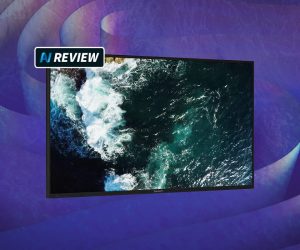
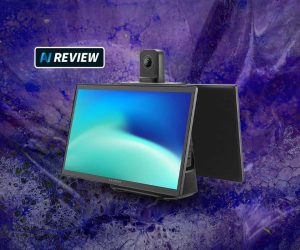




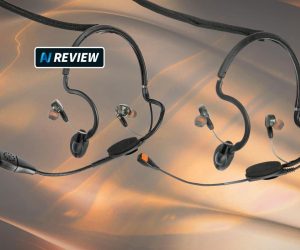
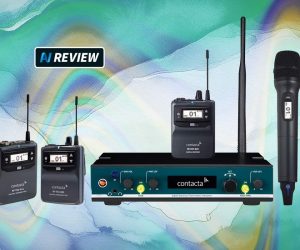
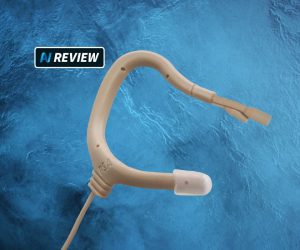

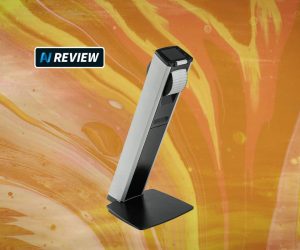
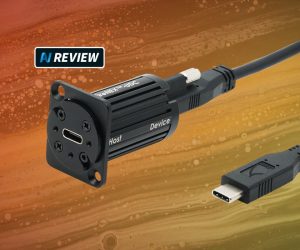


RESPONSES